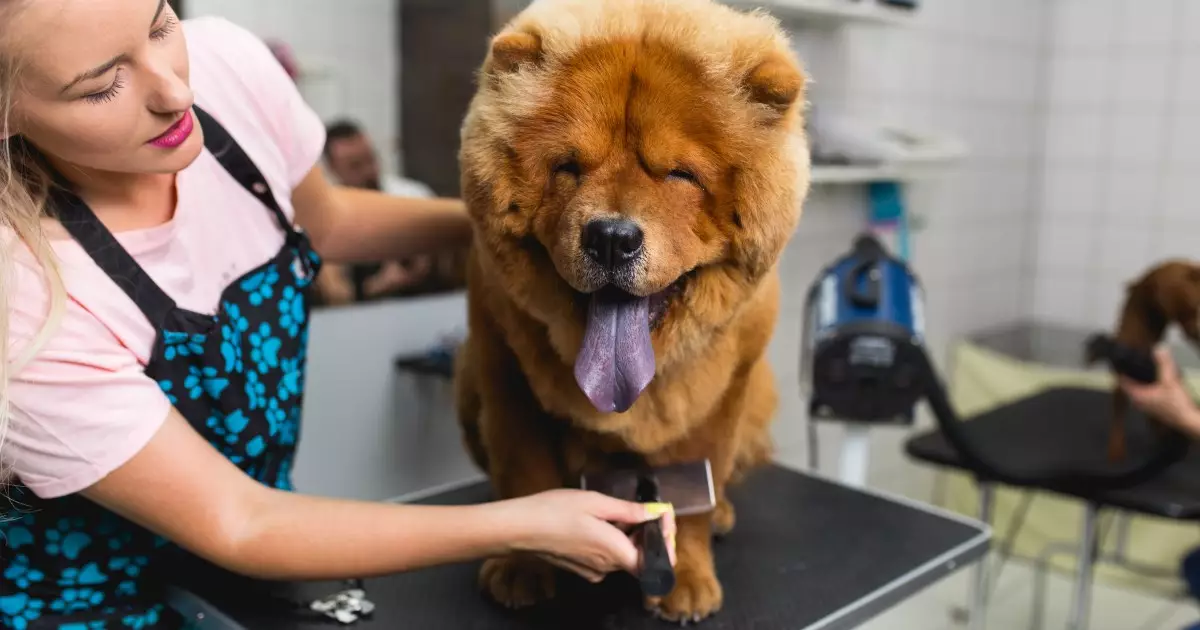Owning a dog often comes with a unique set of joys and challenges, one of the most notable being pet hair. For dog owners, it’s not uncommon to find tufts of fur clinging to your clothes, couch, or carpets. While all dogs shed to some extent, understanding which breeds shed the most—and why—can equip pet owners with the knowledge needed to manage their furry companions’ coats effectively.
Shedding is a natural biological process where dogs lose their old hair to replace it with new growth. The frequency and amount of shedding can depend on a variety of factors including breed characteristics, health, climate, diet, and even the time of year. Certain breeds possess a double coat, consisting of a dense underlayer and a protective outer layer, which plays a critical role in how much fur they lose. These breeds often experience seasonal shedding, particularly during the transition from winter to spring as they release their winter coat.
In addition to their genetic predispositions, dogs’ shedding can be influenced significantly by their health and nutrition. A poor diet lacking in essential fatty acids can lead to increased hair loss. Likewise, underlying health issues such as allergies or skin infections can exacerbate shedding. Therefore, when you notice an unusual increase in fur around your home, it may be an indicator to consult a veterinarian.
Some dog breeds are notorious for their shedding. Let’s delve into a few of these furry giants and their grooming needs to help dog owners prepare for the fluff that accompanies them.
**Akita Inus** stand as imposing figures with their thick, double coats designed for harsh Japanese winters. To manage their shedding effectively, owners are encouraged to brush these dogs daily. This not only helps remove loose hair but also keeps their coat healthy and free from mats.
**American Eskimo Dogs**, with their soft, fluffy white fur, require daily grooming as well. Their double coat can trap a significant amount of shedding hair, and consistent brushing can help keep the home clean.
**Bernese Mountain Dogs**, known for their massive stature and long coats, represent another breed that requires commitment when it comes to grooming. Owners are advised to establish a regular brushing routine and schedule professional grooming to ensure the coat remains pristine while controlling shedding.
Moving on to the **Chow Chow**, this loyal breed is beloved for its distinct mane-like coat and unique blue-black tongue. However, their lush fur demands regular brushing and occasional trims to minimize tangles and excessive shedding.
**German Shepherds** come in various coat types ranging from short-haired to plush. Regardless of coat length, daily brushing is essential to manage shedding and maintain the health of their fur.
**Golden Retrievers**, often considered quintessential family pets, boast long flowing coats that can shed profusely if not groomed regularly. Routine brushing can help manage the feathering around their legs and keep clumps of fur at bay.
The **Great Pyrenees**, typically working dogs, surprise many with their need for regular grooming. Despite their functionality, they shed a considerable amount of hair and require weekly brushing and bathing.
**Old English Sheepdogs** are another shedding powerhouse. With their dual coats, these dogs benefit immensely from a consistent grooming regimen. Owners should consider daily brushing to stay on top of shedding and avoid matting.
Lastly, both **Pembroke** and **Cardigan Welsh Corgis** showcase significant shedding due to their dual coats. While Pembrokes might produce slightly more fur, consistent grooming schedules are essential for both breeds to control the flow of fur around the home.
An effective grooming routine can be a game-changer for managing shedding in high-shedding breeds. Regular brushing, ideally on a daily basis, helps to catch loose and dead fur before it gets a chance to scatter across your home. This not only reduces the visible fur around your living space but also helps prevent mats from forming in your dog’s coat.
In addition to brushing, occasional professional grooming sessions can remove trapped dirt and hair, contributing to a healthier coat. Bathing your dog using appropriate pet shampoos can further help in removing shedding fur. Special gloves and grooming tools designed to attract loose hair can also simplify the process.
While shedding is an inevitable part of dog ownership, understanding the reasons behind it and knowing how to manage it can lead to a more rewarding and fur-free living environment. Whether you have a fluffy Akita or a lovable Golden Retriever, developing a personalized grooming strategy will help you enjoy both the companionship of your furry friend and a cleaner home.

